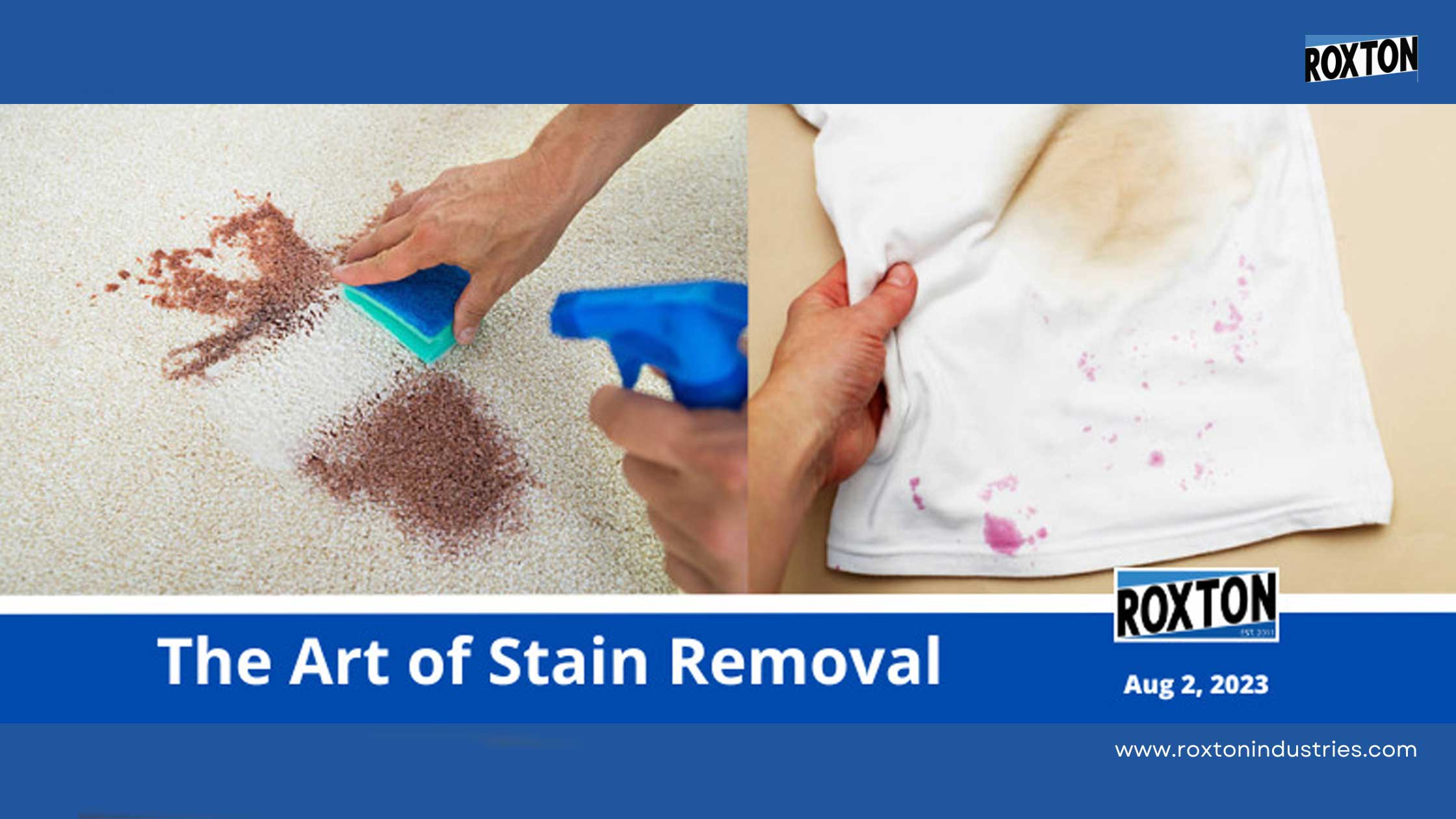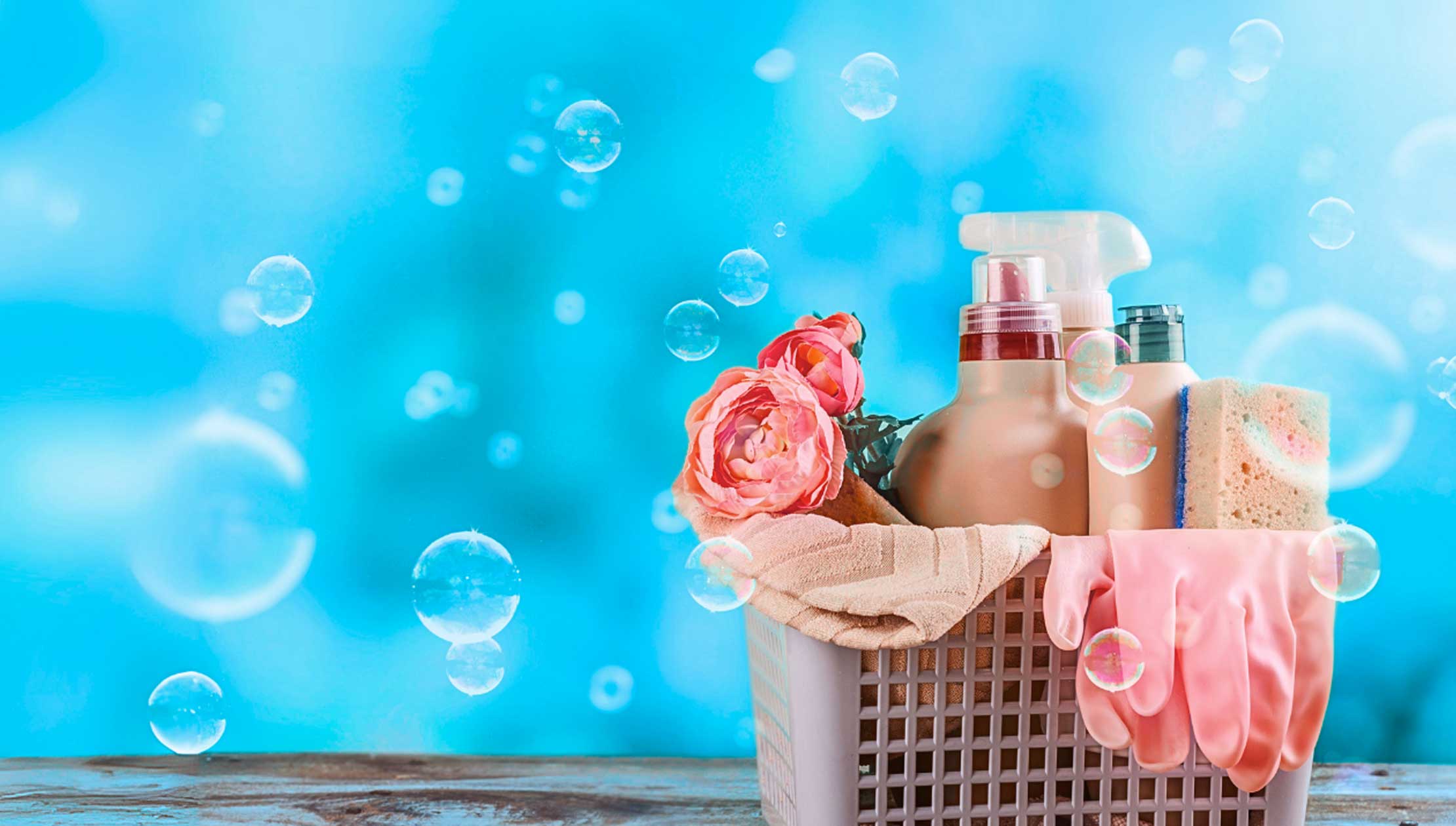The Art of Stain Removal

Whether it’s a spill on your favorite shirt, a smudge on your carpet, or a mark on your kitchen countertop, stains can be frustrating and difficult to remove. However, with the right techniques and a little patience, you can become a master of stain removal and restore your surfaces to their former glory. In this article, we will explore the art of stain removal and provide you with tips and tricks to tackle common stains on various surfaces.
Clothing Stains:
Let’s start with one of the most common types of stains: clothing stains. From food and drink spills to ink and grease marks, clothing stains can be a real headache. The key to successful stain removal is to act quickly. The longer a stain sits on the fabric, the harder it becomes to remove.
For food and drink stains, gently blot the stain with a clean cloth or paper towel to remove any excess moisture. Avoid rubbing the stain, as this can push it deeper into the fabric. Then, apply a stain remover or a mixture of detergent and water directly to the stained area. Let it sit for a few minutes, and then launder the garment as usual.
Carpet Stains:
Carpets are notorious for attracting stains, especially in high-traffic areas. Whether it’s a spill, a pet accident, or dirt tracked in from outside, removing carpet stains requires a systematic approach.
Start by blotting the stain with a clean cloth or paper towel to absorb as much liquid as possible. Avoid scrubbing, as this can damage the carpet fibers. Next, mix a solution of mild detergent and warm water. Using a clean sponge or soft brush, gently work the solution into the stained area. Rinse with clean water and blot dry.
For tougher stains like red wine or coffee, try using a mixture of vinegar and water. Apply the solution to the stain, let it sit for a few minutes, and then blot with a clean cloth. Repeat this process until the stain is gone.
Countertop Stains:
Kitchen and bathroom countertops are prone to a variety of stains, including food, grease, and makeup. The key to tackling countertop stains is to use the right cleaning method for the specific surface material.
For laminate countertops, create a paste using baking soda and water. Apply the paste to the stain and gently scrub with a soft cloth or sponge. Rinse thoroughly and wipe dry.
For granite or marble countertops, avoid using acidic or abrasive cleaners, as they can damage the surface. Instead, opt for a pH-neutral cleaner specifically designed for natural stone. Apply the cleaner to the stain, let it sit for a few minutes, and then wipe clean with a soft cloth.
For stainless steel countertops, mix a solution of dish soap and warm water. Apply the solution to the stain and scrub gently with a non-abrasive sponge. Rinse thoroughly and dry with a clean cloth to prevent water spots.
Wall Stains:
Walls are not immune to stains, whether it’s a food splatter, crayon marks from children, or scuff marks. The approach to removing wall stains depends on the type of paint or wallpaper used.
For washable paint, start by gently wiping the stain with a damp cloth or sponge. If the stain persists, mix a small amount of mild dish soap with warm water and apply it to the stain. Blot the area gently, working from the outer edges toward the center, to avoid spreading the stain. Rinse with clean water and pat dry.
For non-washable paint or wallpaper, it’s best to use a stain-removal product specifically designed for these surfaces. Follow the instructions provided by the manufacturer, as different products may have varying application methods. Test the product on a small, inconspicuous area of the wall before applying it to the stain to ensure it doesn’t cause any damage or discoloration.
General Tips for Stain Removal:
Act quickly:
The sooner you address a stain, the better your chances of successful removal.
Blot, don’t rub:
When dealing with liquid stains, blotting helps absorb the excess moisture without pushing the stain further into the surface.
Test in an inconspicuous area:
Before using any stain-removal product or method, test it on a small, hidden area of the surface to ensure it doesn’t cause any damage or discoloration.
Patience is key:
Some stains may require multiple attempts or a combination of techniques to completely remove. Be patient and persistent in your stain removal efforts.
In conclusion, mastering the art of stain removal is all about understanding the surface you’re dealing with and employing the appropriate techniques and products. Whether it’s clothing, carpets, countertops, or walls, knowing how to tackle common stains on various surfaces will help you keep your belongings looking clean and fresh. With practice and a little know-how, you’ll become a stain removal expert in no time.
About admin
Latest Posts

Reduce Sick Days and Protect Your Team
The average employee takes 7.4 sick days/year in Canada, which costs businesses and organizations like yours over $16B in lost productivity....
The Insider Guide to Successfully Survive that Car Cleanout
Are you in need of a car deep cleaning, but unsure where to start? Don’t worry we’ve got you! Have...
